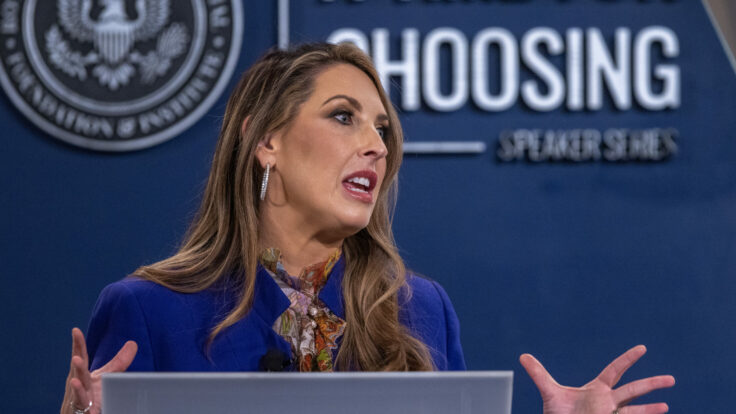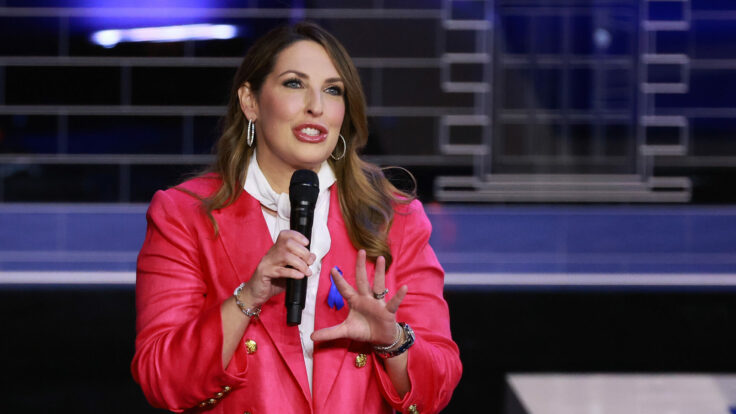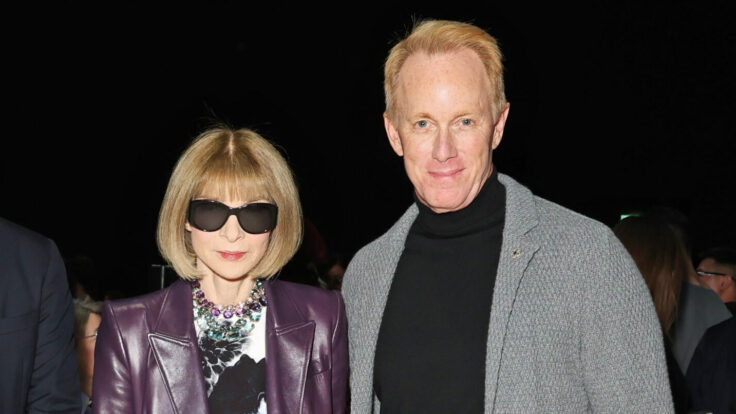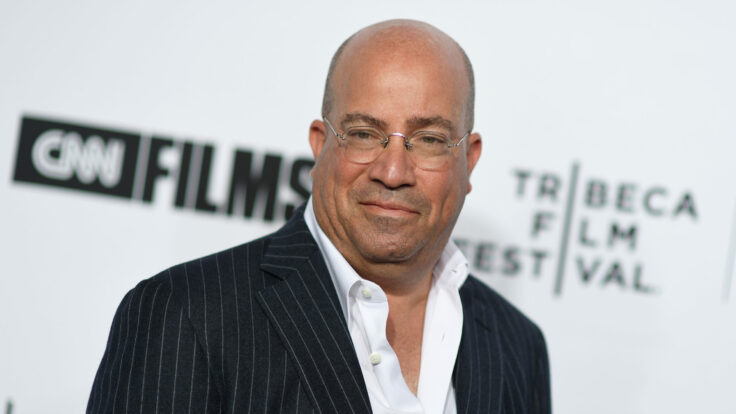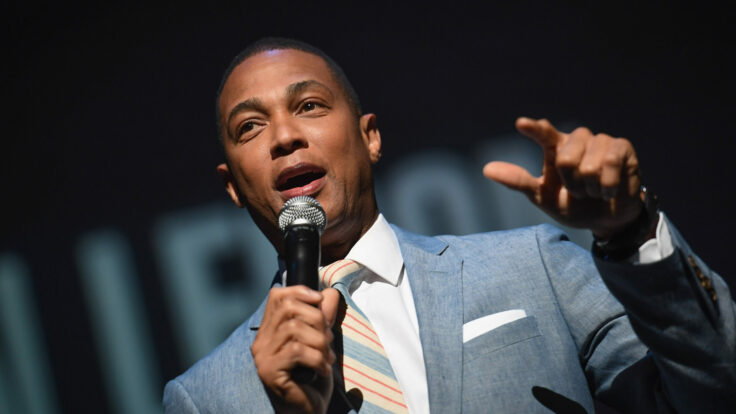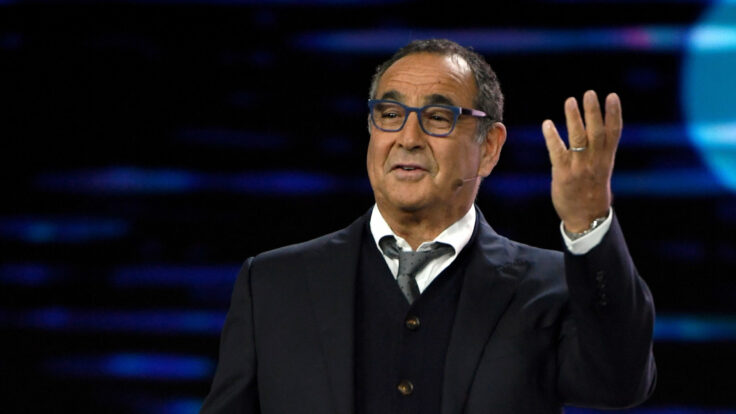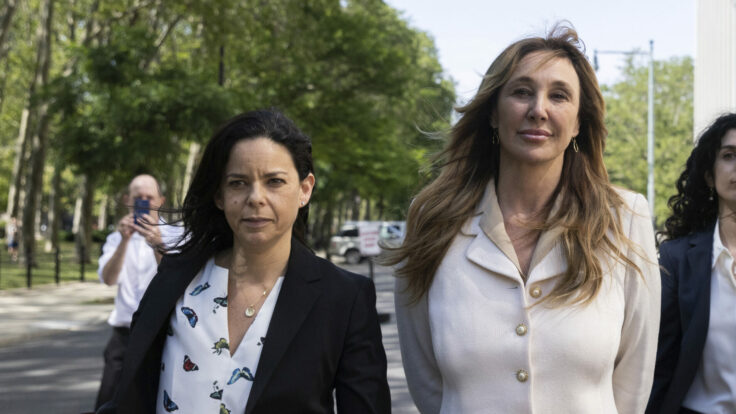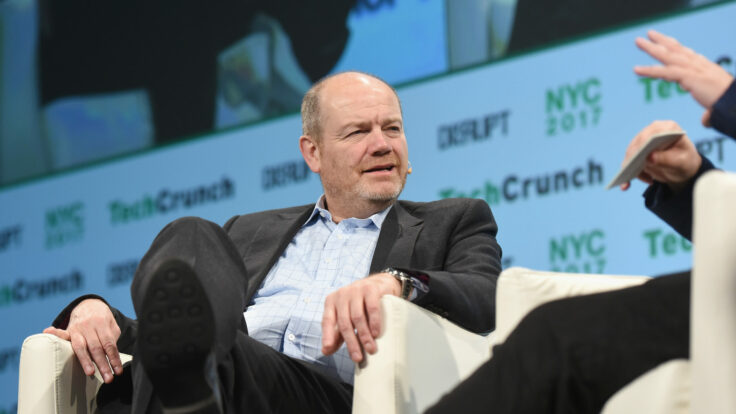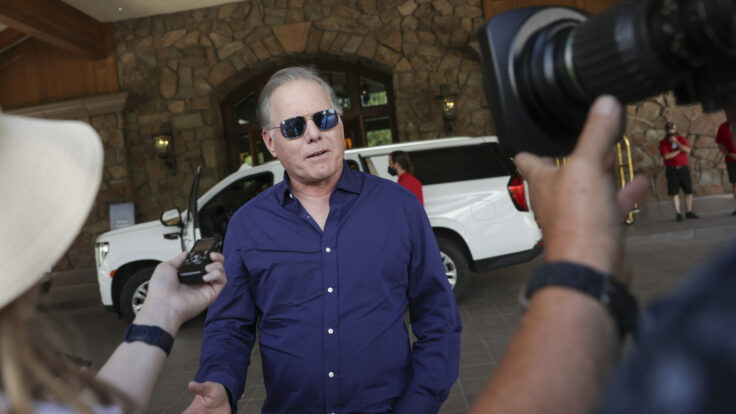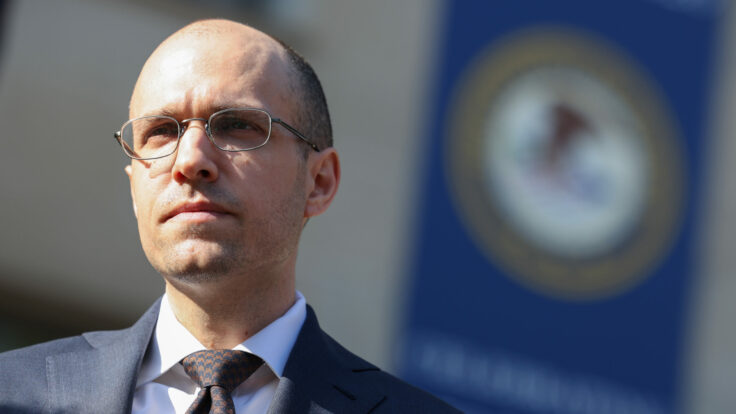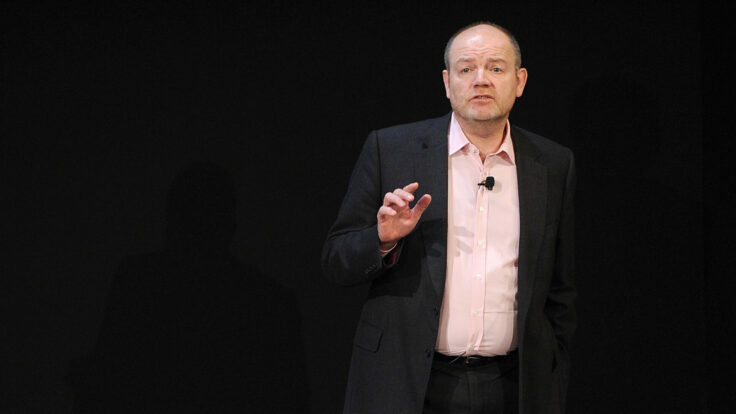Jeff Bezos visited The Washington Post on Wednesday. It’s an event that should hardly warrant mention, let alone media coverage. Bezos owns the paper, after all, and it was hardly his first time roaming its halls.
And yet, given the Post’s present circumstances (a tiff between editor and publisher, a botched town hall, a union imbroglio, a revenue shortfall, a healthy case of Times envy, and that’s before even touching that Felicia Sonmez situation), the visit felt like the unleashing of a long pent-up nuclear electromagnetic pulse—heightening long-held anxieties and causing staff to stop work and feverishly exchange rumors, theories and occasionally well-informed insights about their owner’s intentions.







